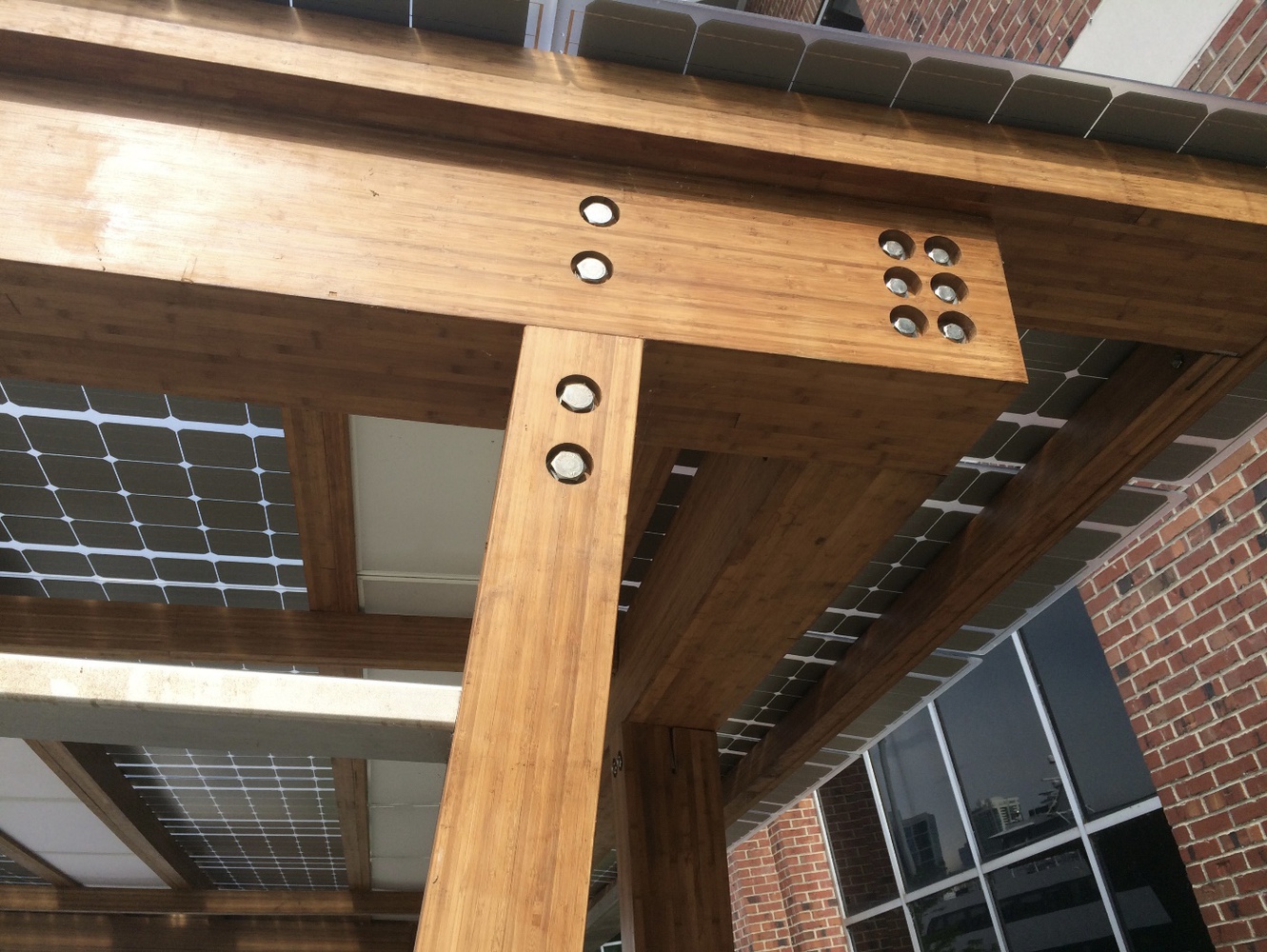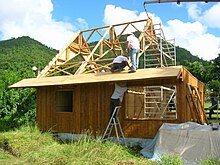In recent years, bamboo has emerged as a sustainable alternative to traditional building materials due to its remarkable durability and ease of processing. Often referred to as “green steel,” bamboo offers a plethora of benefits that make it an attractive choice for architects, engineers, and environmentalists alike.
The durability of bamboo stems from its natural composition. Despite being a grass, bamboo possesses strength comparable to that of steel, making it an ideal candidate for construction projects requiring sturdy yet flexible materials. This inherent strength, coupled with its lightweight nature, allows bamboo structures to withstand various environmental conditions, including earthquakes and hurricanes, with resilience.
Furthermore, bamboo’s ease of processing sets it apart from other materials. Unlike hardwoods, which require extensive processing and long maturation periods, bamboo grows rapidly and can be harvested within three to five years. Its hollow, segmented structure facilitates easy cutting, shaping, and assembly, reducing both time and labor costs in construction projects. Additionally, bamboo’s versatility enables it to be used in a wide array of applications, from structural elements to decorative finishes, fostering innovation and creativity in design.
The sustainability aspect of bamboo cannot be overstated. As one of the fastest-growing plants on Earth, bamboo is highly renewable, with some species capable of growing up to 91 centimeters (36 inches) in a single day. Unlike traditional timber harvesting, which contributes to deforestation and habitat destruction, bamboo cultivation promotes environmental conservation by preventing soil erosion, absorbing carbon dioxide, and providing habitat for diverse flora and fauna.
Innovations in bamboo processing techniques further enhance its utility and appeal. Advanced treatments, such as thermal modification and chemical impregnation, improve bamboo’s resistance to moisture, insects, and decay, expanding its lifespan and applicability in outdoor environments. Additionally, research into engineered bamboo products, such as cross-laminated bamboo panels and bamboo fiber composites, opens up new possibilities for sustainable construction materials with enhanced strength and performance.
The adoption of bamboo materials in construction projects worldwide underscores its growing prominence as a viable alternative to conventional building materials. From low-cost housing in developing countries to high-end architectural designs in urban centers, bamboo offers a versatile solution that meets both aesthetic and functional requirements while promoting environmental stewardship.
bamboo materials’ durability and ease of processing make them a compelling choice for sustainable construction practices. By harnessing bamboo’s innate strength and rapid growth, architects, engineers, and policymakers can pave the way for a more resilient and eco-friendly built environment. As we continue exploring innovative applications and refining processing techniques, bamboo remains poised to play a pivotal role in shaping a greener, more sustainable future for future generations.
Post time: May-13-2024








